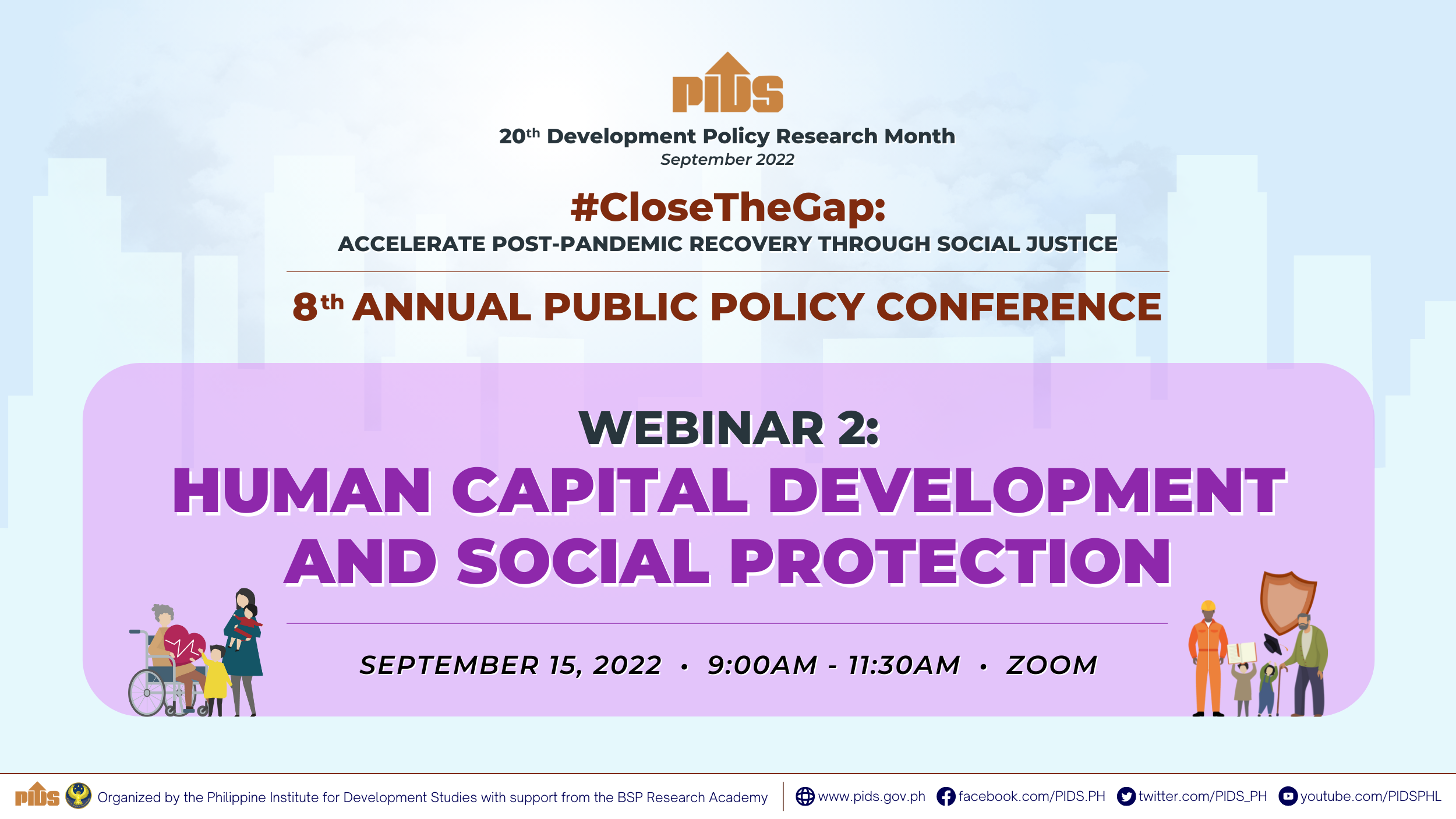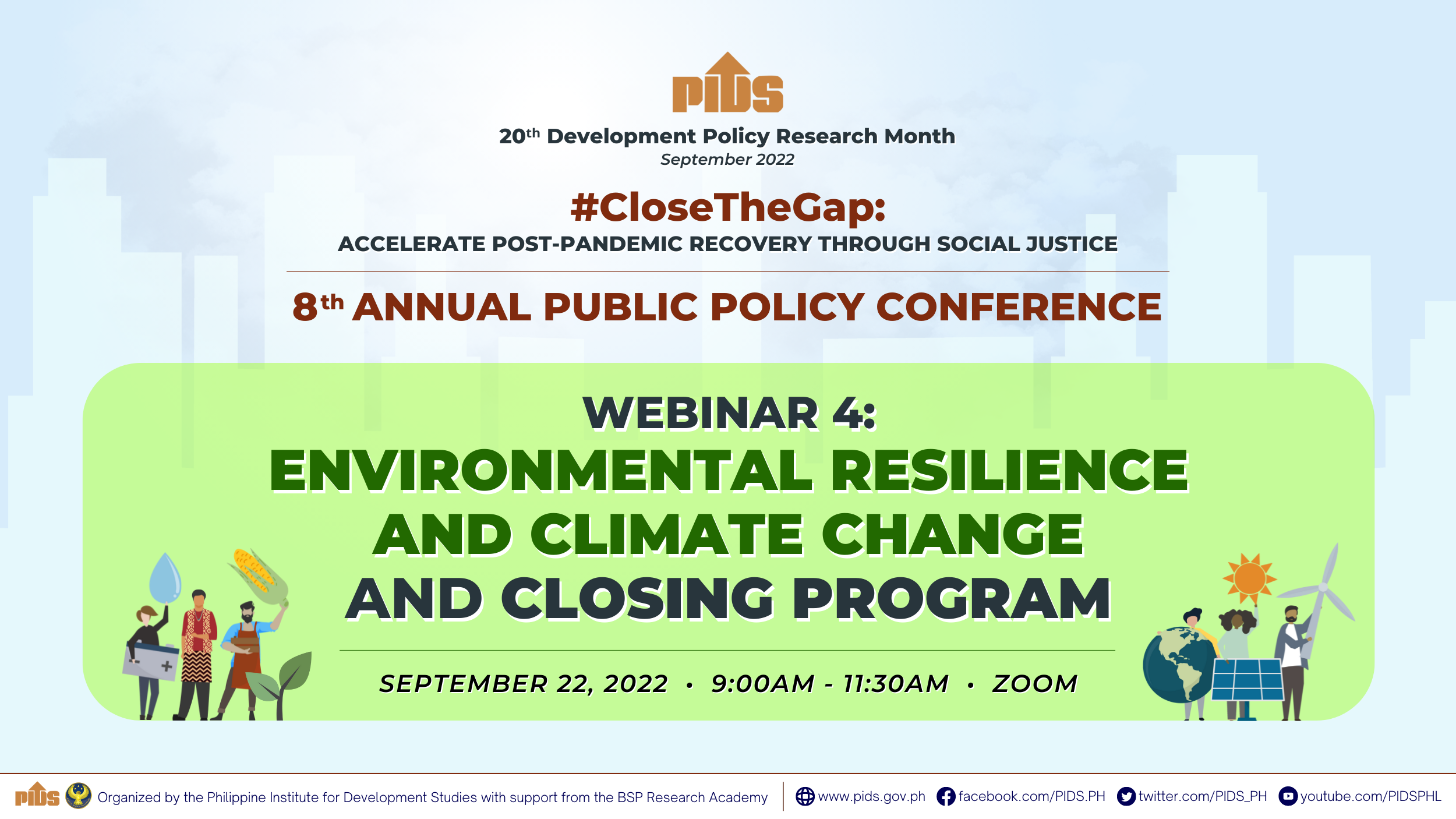Last October 15, 2022, I participated in a very stimulating webinar organized by the UP Vanguard Alumni on the occasion of the 100th Anniversary of their organization. The theme of the webinar was “Investing in Food, Nutrition, and Preventive Health Security for the Next 100 Years.” Of course, the reason the organizers chose such a long time horizon was to match the centennial they were celebrating. All the speakers, though, had a shorter time horizon in presenting their respective recommendations to achieve food security. As I did myself, the speakers had a more reasonable planning horizon to ensure an enabling environment for the Philippine Agriculture and Agro-industrialization sector. The webinar gathered some of the leading lights in Philippine agribusiness such as Dr. Roehlano Briones, Senior Fellow of the Philippine Institute of Philippine Studies; Ms. Cecilia Cayosa-Borromeo, President of the Landbank of the Philippines; Mr. Raul Montemayor, Vice the President of the Federation of Free Farmers of the Philippines; Mr. Danilo Fausto, President of the Philippine Chamber of Agriculture and Food, Inc.; Ms. Cherrie Atilano, President of Agrea Philippines and UN System Ambassador on Nutrition; Dr. Ramon Lorenzo Luis R.Guinto, Chief Planetary Doctor, PH Lab Preventive Health Medicine, Expert and Advocate; and Vanguard Pablito M. Villegas, Director of Confederation of Filipino Consulting Organizations, GBBP, NEDA acting as Moderator.
I would like to share with my readers what I covered during the seminar concerning the Number One challenge to the Marcos Jr Administration, which is attaining food security through the improvement of agricultural productivity. As all the speakers indicated, food security is also intimately intertwined with another major challenge which has become the major responsibility of the Vice President herself, i.e. the quality of basic education. It was constantly pointed out that the undernourishment of children in their early years significantly handicaps them in obtaining quality education because of the damage done to their brains by the lack of food. This explains the title of the Webinar: “Investing in Food, Nutrition and Preventive Health Security: For the Next 100 Years.”
So as not to reinvent the wheel, I took off from the very comprehensive Transition Report submitted by former Secretary William Dar and his team to the new Administration. To improve Philippine agricultural productivity, the Report recommended four strategic directions that can be summarized as consolidation, diversification, industrialization and digitalization. I added a fifth strategic direction, i.e. professionalization. Let me expound on each of these long-term strategies.
The first, consolidation, refers to undoing the damage done by an imperfect and sloppy approach to agrarian reform taken by previous Administrations. Without questioning the wisdom of fragmenting large farm holdings into small fragments of one to two hectares each, a process required by social justice followed by practically all of our East Asian neighbors with significant land resources, I pointed out that in our case, land fragmentation actually worsened the lot of our small farmers. The reason is that, unlike what our neighbors like Taiwan, Thailand, Vietnam and Malaysia did, we abandoned the farmer beneficiaries after they obtained their small plots of land. Our Government did not follow up with the required resources that would enable the small farmer to make his land productive such as farm to market roads, irrigation systems, post-harvest facilities and the necessary agricultural extension and financial services that were abundantly showered on the small farmers by our ASEAN neighbors. The result was increased poverty of the farmers beneficiaries since they lost the support that their former landlords gave them. They were made to fend for themselves by a negligent State. It is only very recently that through the Build, Build, Build program of the Duterte Administration has there been a massive attempt to build roads in the countryside as the budget for infrastructure of the Government was increased from the measly 2 % of GDP to 5 to 6%.
Fortunately, the Agrarian Reform Law expired in 2014 and there is no need to continue fragmenting land. What is needed for modern technology to increase the productivity of our agricultural lands is to reconsolidate the millions of small farms into bigger units to enable the use of advanced technology and mechanization that can only be achieved through economies of scale. This is what consolidation is all about. Appropriate new laws have to be passed to enable the farmers beneficiaries of agrarian reform to reconsolidate their small units into larger ones, without giving up ownership except in extreme cases. There are several ways of reconsolidation. The ideal one is through the formation of farmers cooperatives. Others may follow the nucleus estate model perfected by the Malaysians through which the small farmers lease their land to either a government agency (FELDA or FELCRA) or to private corporations (like Del Monte or Dole in the banana industry). It could also be a combination of cooperatives teaming up with a large corporation (a model that Landbank has called “Corporatives”). Congress should study how to facilitate these different models because some attempts to adopt the nucleus estate model have encountered legal difficulties in having the small farmers lease their land to the large corporation. In my research, I have encountered a few successful attempts to bring coconut farmers together so as to achieve the economies of scale needed for them to benefit from the processing of their coconuts into higher-value products such as coconut water, sugar, milk, VCO and other derivatives from coconut that can obtain higher incomes for the farmers than the traditional copra, coconut oil or even desiccated coconut. For example, companies like Axelum in Misamis Oriental, Century Pacific, Cardinal Agriculture (in Southern Palawan) and Lionheart Farms (also in Palawan) have been cashing in on the huge demand for such products as coconut water, sugar, milk, etc. They have found ways of consolidating the production of thousands of small coconut farmers. In all the areas covered by these exemplary enterprises, the incomes of the coconut farmers have visibly improved.
Farm consolidation is also indispensable in the sugar industry. There is no way the Philippine sugar industry can survive competition in the ASEAN region (especially with a country like Thailand) unless it heavily mechanizes. Mechanization is impossible without consolidating sugar farms into larger units of hundreds of hectares. The Taiwanese, who were the pioneers in agrarian reform in Asia, had enough common sense in the last century to exempt their sugar industry from fragmentation of land. Again, there must be some creative way of introducing innovations into our expired Comprehensive Agrarian Reform Program (CARP) so that sugar farms in Western Visayas and Eastern Visayas and now in the frontier areas in Central Luzon (e.g. Nueva Vizcaya) which are adequate for the planting of sugars. Fortunately, the sugar farms in Mindanao have not been fragmented and can achieve productivity that can compare with those of our ASEAN neighbors. (To be continued).









